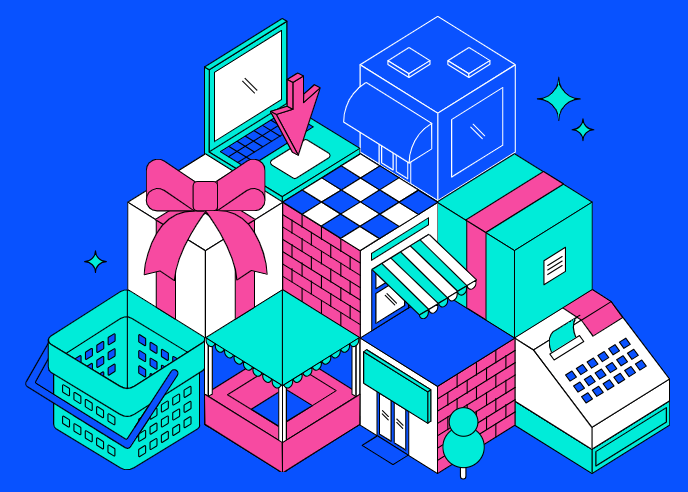
Next stop, everywhere: how brands can expand ecommerce success
In an increasingly competitive landscape, brands need to work harder to unlock growth, agility, and innovation. They must ensure they meet customer expectations, providing them with the best brand experience while navigating changing consumption patterns, new technologies and higher operating costs.
Top of the agenda is ensuring customer loyalty and segmentation as they battle for customer dollars. Customers today have high expectations for personalised experiences, fast delivery, and easy checkout processes – all of which are even more important for success when almost 70% of consumers already end up abandoning their cart.
This means brands must be able to identify which customers are of the highest value, and focus on getting them to make repeat purchases, and increasing their basket size.
But one of the biggest problems retailers face is that their legacy technology stacks are expensive, inflexible, and hard to maintain. This impacts their ability to be agile and meet evolving customer demands – tapping into the necessary level of analytics for customer segmentation, for example.
Elsewhere, the return to bricks and mortar shopping in the post-Covid era has seen retailers place more emphasis on Unified Commerce. This sees customers having a seamless brand experience whether in-store or online. For example, enabling customers to easily return items in-store that they purchased online – something that should be a no-brainer but many retailers still struggle with, due to their system limitations.

Complete this form to
download the whitepaper
@Raconteur